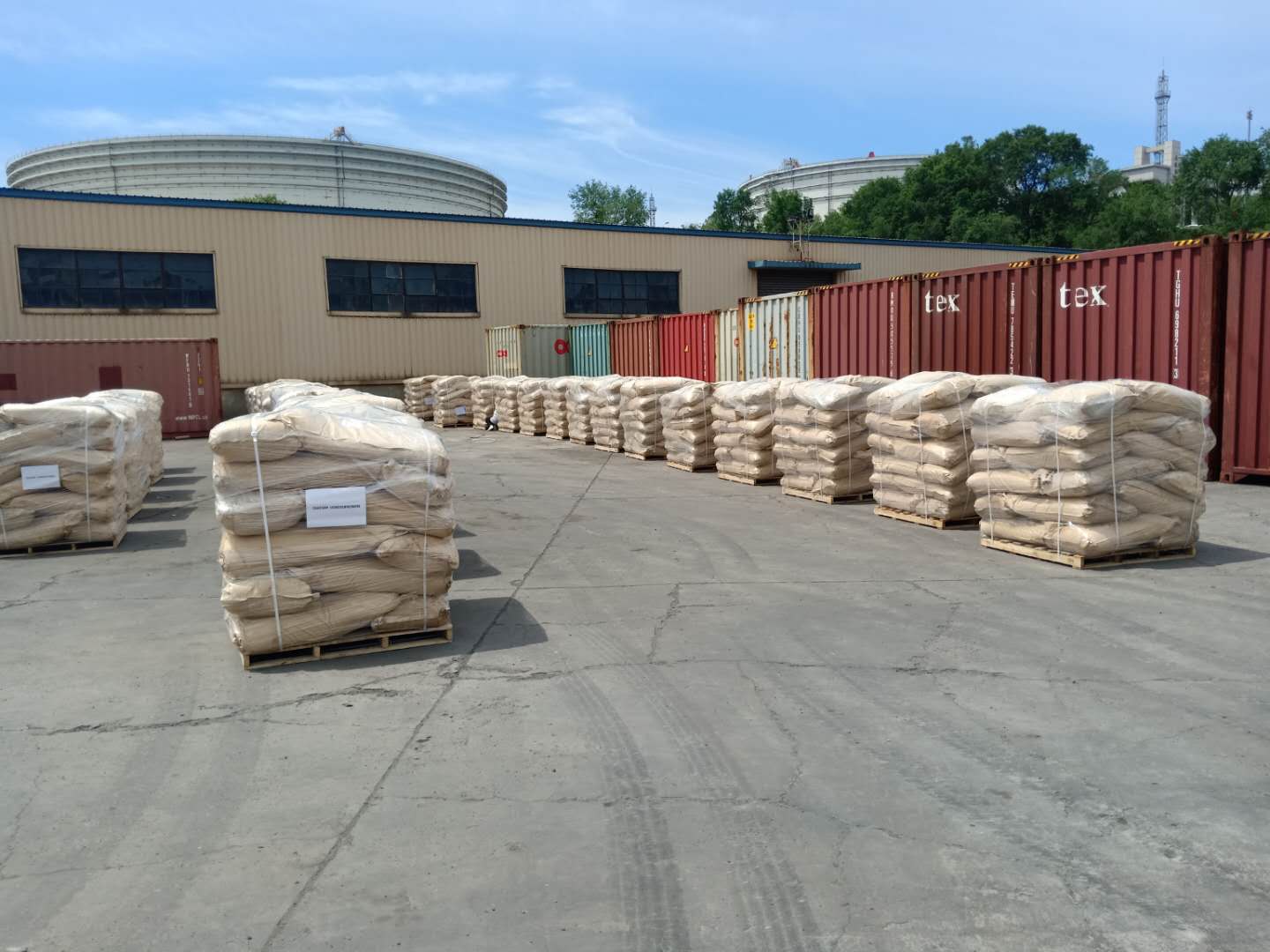-
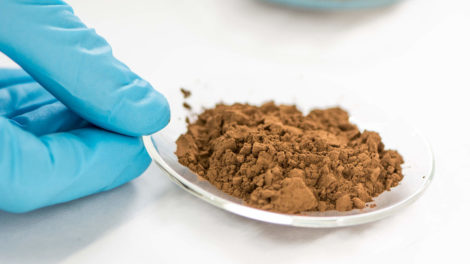
Lignosulfonate Binder
Lignosulfonate can be used as a binder in various applications due to its adhesive properties. As a binder, lignosulfonate helps hold particles or materials together, improving cohesion and strength. Here are a few examples of how lignosulfonate can be used as a binder: It’s important to note that the specific formulation and concentration of lignosulfonate…
-

Lignosulfonate in Agriculture
Lignosulfonate has several applications in agriculture due to its beneficial properties. Here are some common uses of lignosulfonate in the agricultural industry: It’s important to note that the specific application and dosage of lignosulfonate in agriculture may vary depending on factors such as soil conditions, crop type, and regional practices. It is advisable to follow…
-
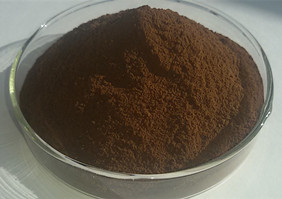
Sodium Lignosulfonate Surfactant
Sodium lignosulfonate can exhibit some surfactant-like properties, although it is not typically classified as a primary surfactant. Surfactants, or surface-active agents, are compounds that lower the surface tension between two substances, such as a liquid and a solid or a liquid and a gas. They have hydrophilic (water-loving) and hydrophobic (water-repellent) regions that allow them…
-

Sodium Lignosulfonate Liquid
Sodium lignosulfonate liquid, also known as liquid sodium lignosulfonate or sodium lignosulfonate solution, is a liquid form of sodium lignosulfonate. It is produced by dissolving sodium lignosulfonate powder in water to create a homogeneous liquid solution. Sodium lignosulfonate liquid offers the same properties and applications as powdered sodium lignosulfonate but in a more convenient and…
-
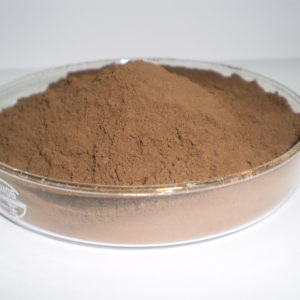
Lignosulfonate Details
Lignosulfonate, also known as sulfonated lignin or lignin sulfonic acid, is a natural polymer derived from lignin, which is a complex organic compound found in the cell walls of plants. Lignosulfonate is obtained through the sulfite pulping process used in the production of wood pulp. Lignosulfonate has several notable properties that make it useful in…
-
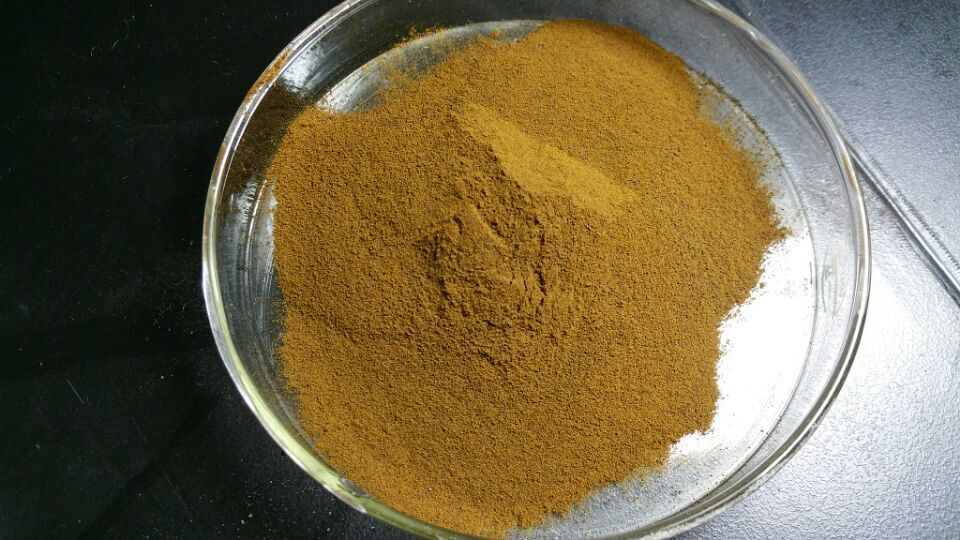
Sodium Lignosulfonate from Sulfite Pulp 2
Lignin content is usually 70%–75%, with the remaining mass being carbohydrate, ash, and inorganic salts. Further commercial and biorefinery utilization requires the removal of sulfur, which would add cost (PNNL, 2007). Lignosulfonates are obtained from sulfite pulping processes wherein cellulose is extracted from wood in the pulp industry. The so-called sulfite pulping process involves mixing sulfur dioxide (SO2) with…
-

Sodium Lignosulfonate from Sulfite Pulp
The sulfite process is also used by the paper and pulp industry for producing lignosulfonates. The pulping solution employs salts of sulfurous acid, either salts of sulfites (SO32 −), or bisulfites (HSO32 −). The common counterions are single-valent sodium (Na+), potassium (K+), and ammonium (NH4+), and doubly-valent calcium (Ca2 +) and magnesium (Mg2 +). The sulfite process can be carried out in a wide range of…

